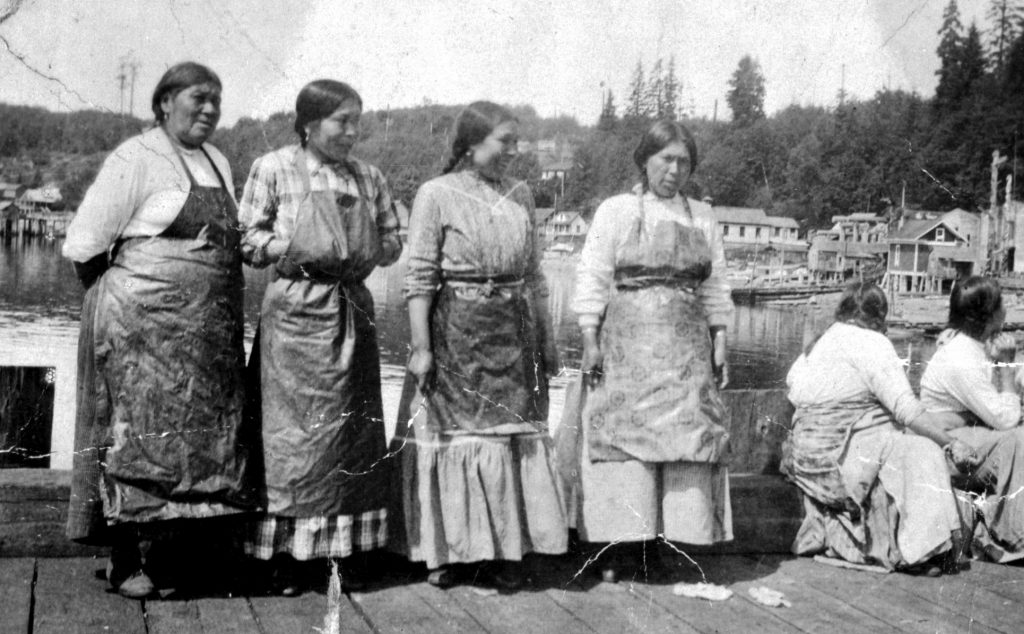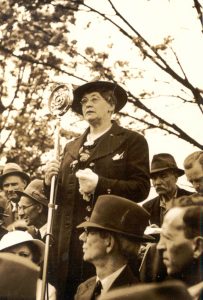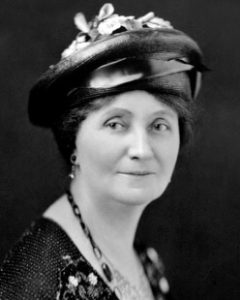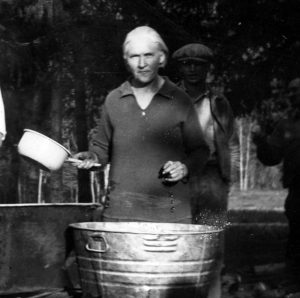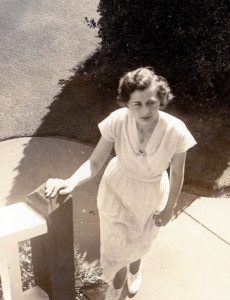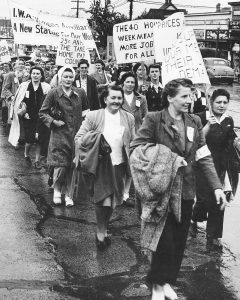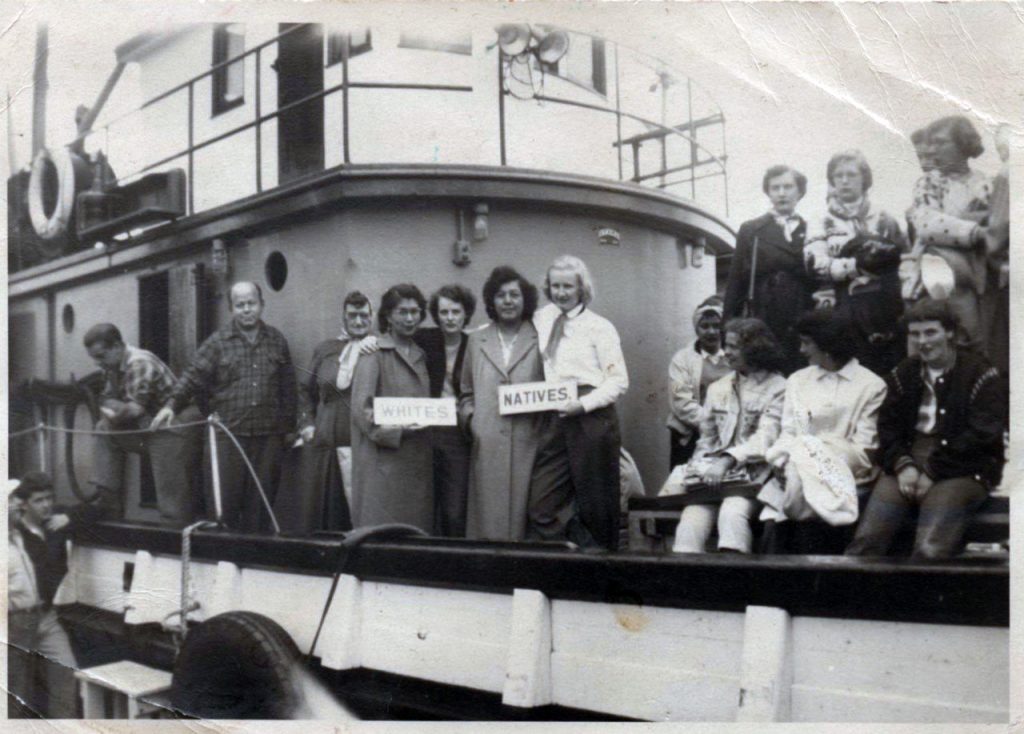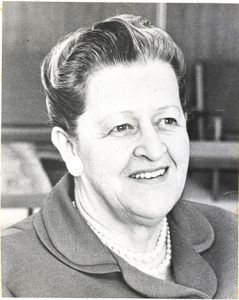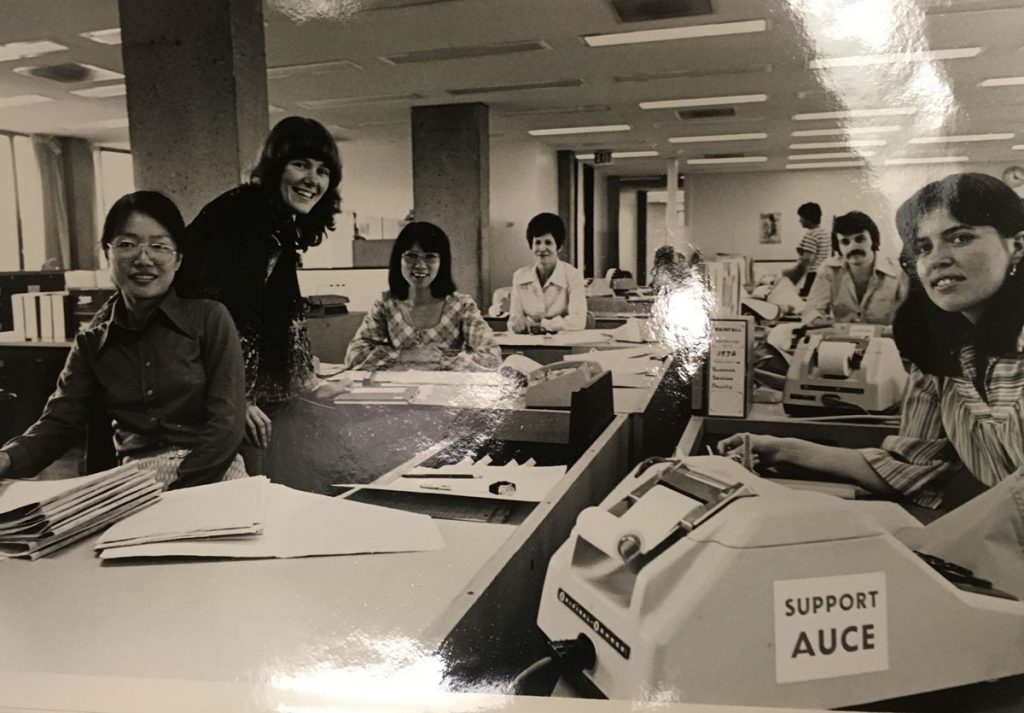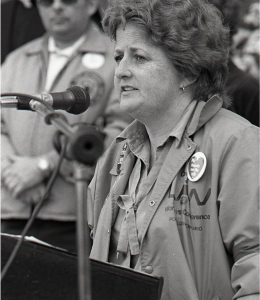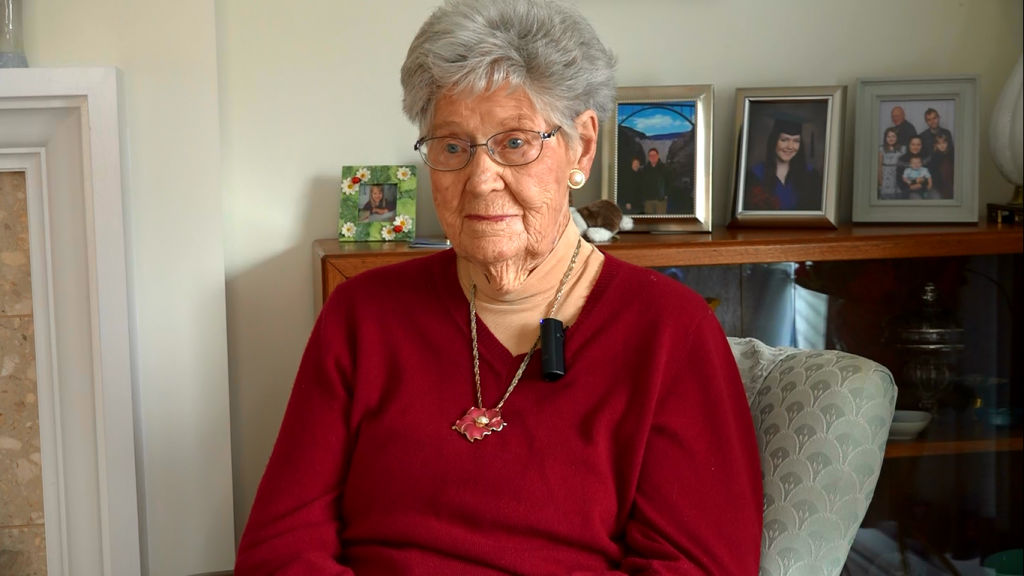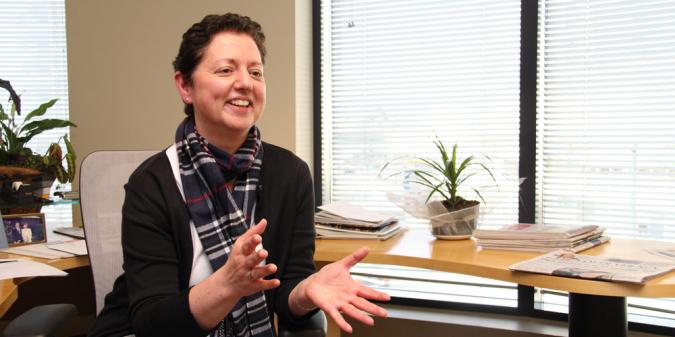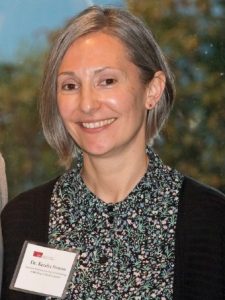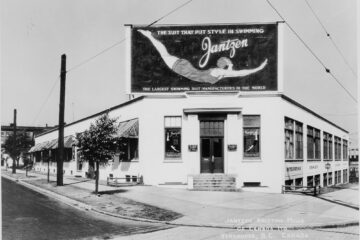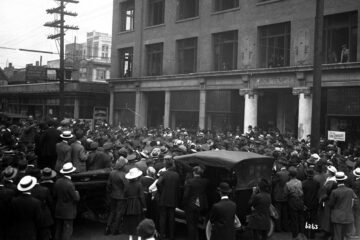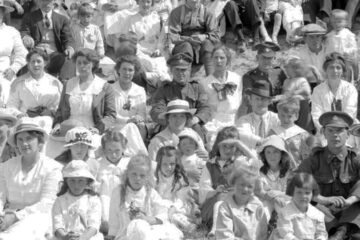1. Indigenous women played a critical role in the development of BC’s fishing industry starting in the 1880s. They worked alongside family members in boats harvesting salmon and provided labour in the canneries that dotted the province’s coast. Indigenous women also participated in other industries such as mining.
2. Helena Gutteridge (1880-1960) – a tailor by trade, Helena Gutteridge came to British Columbia from England in 1911 and was a campaigner for women’s suffrage and minimum wage. In 1914 Gutteridge was president of Local 178 of the Journeymen Tailors’ Union of America, and by 1916 she was secretary of the Vancouver Trades and Labor Council. In 1937 she became the first woman elected to Vancouver City Council. In later years she worked as a social worker and continued to work for peace and justice for the rest of her life.
3. Mary-Ellen Smith teacher and BC’s first woman MLA (1918), the first woman cabinet minister and first woman Speaker in the British Empire. She was elected after the death of her husband Ralph Smith, who was a coal miner and trade unionist; both ran under the Liberal banner. Smith worked closely with Helena Gutteridge on issues of suffrage, workplace protection for women and minimum wage. In 1929 she represented Canada at the International Labour Organization.
4. Over 1,000 unemployed young men left Vancouver on June 3, 1935 atop boxcars headed for Ottawa. After receving a cool reception along the way, Aleta Sorley an organizer for the Workers’ Unity League in Golden BC called out community members to pull off a massive welcome at the city park. The vats of homemade stew and bread breathed new life into the trekkers. The On to Ottawa Trek continued on its way to demand “work and wages” from the dominion government.
5. Connie Jervis was President of the Langley Teachers Association and led teachers in 1939-40 who were confronted with threats, firings, forced transfers, and public ridicule from their employer after insisting on their right to be paid their legally arbitrated salaries. Jervis and the teachers won the fight after the school board was fired, and arbitrated salary increases were never challenged again.
6. Ladies’ Auxiliaries The support of wives and other women was important to many strikes in the first half of the twentieth century in BC. Women in coal mining communities, longshore and forestry disputes bolstered picket lines, delivered food, staged marches and helped raise money to aid striking workers, yet their role has been marginalized in most histories. Leading this march is Edna Brown, followed by Gule Olson and Bertha Lowe. Most of the women were from Lake Cowichan.
7. Women Shoreworkers at Namu Cannery – The story of women cannery workers at Namu on the central coast in 1954 who removed racist signs on the women’s washrooms is worth sharing over and over. A joint meeting of 154 first nations and white workers voted unanimously to end segregation in the facilities. It was a small step in the long march to overcome racism and ethnic divisions in BC’s fishing industry. Read the full story of these heroic sisters.
8. Hilda Cryderman, a school teacher in the Okanagan, was in the vanguard of the fight for equal pay for equal work when she became the BC Teachers’ Federation’s first female president in 1954. From 1967-75 Cryderman worked in Ottawa as Federal Commissioner to the Public Service Staff Relations Board with a mandate to certify units of the public service for bargaining rights. During International Women’s Year in 1975 Cryderman travelled extensively across Canada and the United States speaking on women’s rights and human rights. In 1985 she received the Order of Canada.
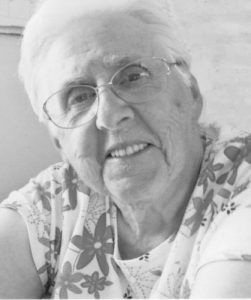 9. Joan Gower Gillatt became the first woman President of the BC Government Employees’ Association in 1958 following the death of the sitting president. Gillatt was a lab assistant in Victoria and challenged the anti-worker policies of WAC Bennett’s Social Credit Government. As the provincial executive’s only woman member, she led the battle against a discriminatory rule forcing women in the public service to retire five years earlier than men.
9. Joan Gower Gillatt became the first woman President of the BC Government Employees’ Association in 1958 following the death of the sitting president. Gillatt was a lab assistant in Victoria and challenged the anti-worker policies of WAC Bennett’s Social Credit Government. As the provincial executive’s only woman member, she led the battle against a discriminatory rule forcing women in the public service to retire five years earlier than men.
10. First maternity leave – In 1974, years before other Canadian unions won maternity leave benefits in collective agreements, the Association of University & College Employees (AUCE) Local 1 at UBC made history. In its first collective agreement, UBC clerical and library workers achieved contract language that provided fully funded maternity leave for its members. It was a breakthrough not just for workers at UBC, but for families across the country.
11. Joy Langan – The first female apprentice in the Pacific Press Composing Room, Langan liked to say she “had a PhD in being a working woman”. Langan was a member of the International Typographical Union. In 1978 she was elected the first female Vice-President of the B.C. Federation of Labour. In 1988 she was elected Member of Parliament for the Mission-Coquitlam federal riding and served as social policy critic and labour critic. Joy’s greatest success while an MP was having unsafe silicone breast implants removed from the market. After leaving parliament she became a union representative for the Communications, Energy and Paperworkers’ Union.
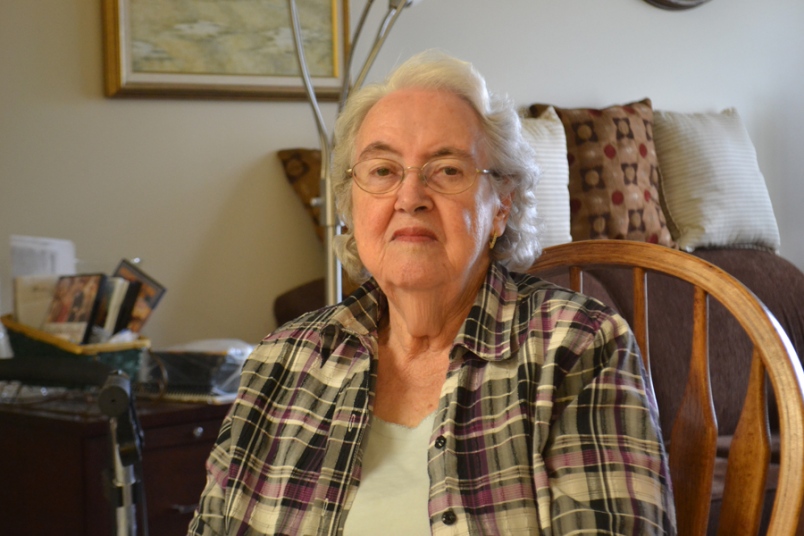 12. Jean Leahy farmed in northeastern BC and was the Women’s President of the National Farmers’ Union from 1975-1979. As President, Leahy provided leadership in the struggle for matrimonial property rights for women and pushed for legislation to allow farm women to contribute to the Canada Pension Plan. She argued for collective bargaining rights for farmers, including an effort to gain the right to bargain collectively for milk prices. The NFU initiated a boycott of Kraft Foods after the company refused to meet with the union. The boycott was supported by labour and urban groups and succeeded in raising awareness and education about problems faced by family farmers. Leahy continues to be a fierce advocate for seniors in northern BC.
12. Jean Leahy farmed in northeastern BC and was the Women’s President of the National Farmers’ Union from 1975-1979. As President, Leahy provided leadership in the struggle for matrimonial property rights for women and pushed for legislation to allow farm women to contribute to the Canada Pension Plan. She argued for collective bargaining rights for farmers, including an effort to gain the right to bargain collectively for milk prices. The NFU initiated a boycott of Kraft Foods after the company refused to meet with the union. The boycott was supported by labour and urban groups and succeeded in raising awareness and education about problems faced by family farmers. Leahy continues to be a fierce advocate for seniors in northern BC.
13. Muriel Overgaard was the first woman President of CUPE BC, serving from 1976-1980. She played a significant role in establishing CUPE’s Women’s Committee, the first for any BC union, and in the establishment of the municipal pension plan.
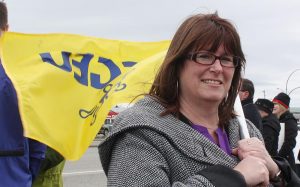 14. Stephanie Smith is the first woman elected (2014-present) President of the BC Government and Service Employees’ Union (BCGEU), representing 73,000 members at 550 different employers and B.C. government ministries. An early childhood educator, Stephanie began her involvement with the labour movement in 1981 – first in New Zealand, and then in British Columbia.
14. Stephanie Smith is the first woman elected (2014-present) President of the BC Government and Service Employees’ Union (BCGEU), representing 73,000 members at 550 different employers and B.C. government ministries. An early childhood educator, Stephanie began her involvement with the labour movement in 1981 – first in New Zealand, and then in British Columbia.
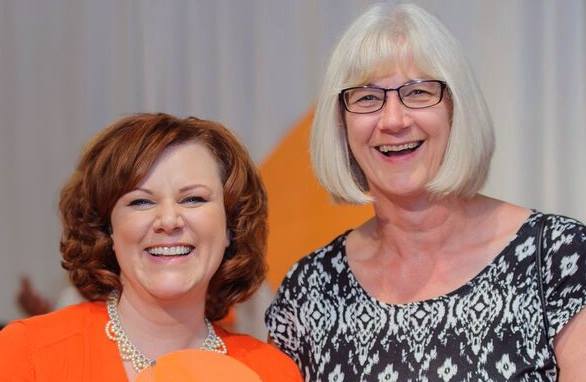 15. Barb Nederpel is the first woman to be elected (2018) president of the Hospital Employees’ Union, which represents more than 49,000 members in public, private and not-for-profit health sectors in BC. Nederpel was a health records clerk at Royal Inland Hospital in Kamloops who was also President of the Kamloops and District Labour Council.
15. Barb Nederpel is the first woman to be elected (2018) president of the Hospital Employees’ Union, which represents more than 49,000 members in public, private and not-for-profit health sectors in BC. Nederpel was a health records clerk at Royal Inland Hospital in Kamloops who was also President of the Kamloops and District Labour Council.
16. Irene Lanzinger was the first woman to be elected as President of the BC Federation of Labour (2014-2018). Lanzinger began her career as a secondary science and math teacher in Abbotsford, at which time she became a member of the BC Teachers’ Federation (BCTF). In 2000, Irene became chief negotiator for the BCTF, bargaining on behalf of 41,000 members province-wide. She was elected Vice-President of the BCTF in 2002 and then President in 2007.
17. Val Avery was been President of the Health Sciences Association of BC from 2013-2021. Avery is a physiotherapist at Royal Jubilee Hospital in Victoria and a union member for 35 years. She led negotiations on behalf of 18,000 health science professionals working in BC’s public acute and community health care facilities.
18. Dr. Kendra Strauss – who grew up in BC – is Director of the Labour Studies Program and the Morgan Centre for Labour Research at Simon Fraser University. She is a labour geographer and feminist political economist. Under Strauss’ leadership Simon Fraser University now offers a Bachelor of Arts (BA) degree in Labour Studies.
